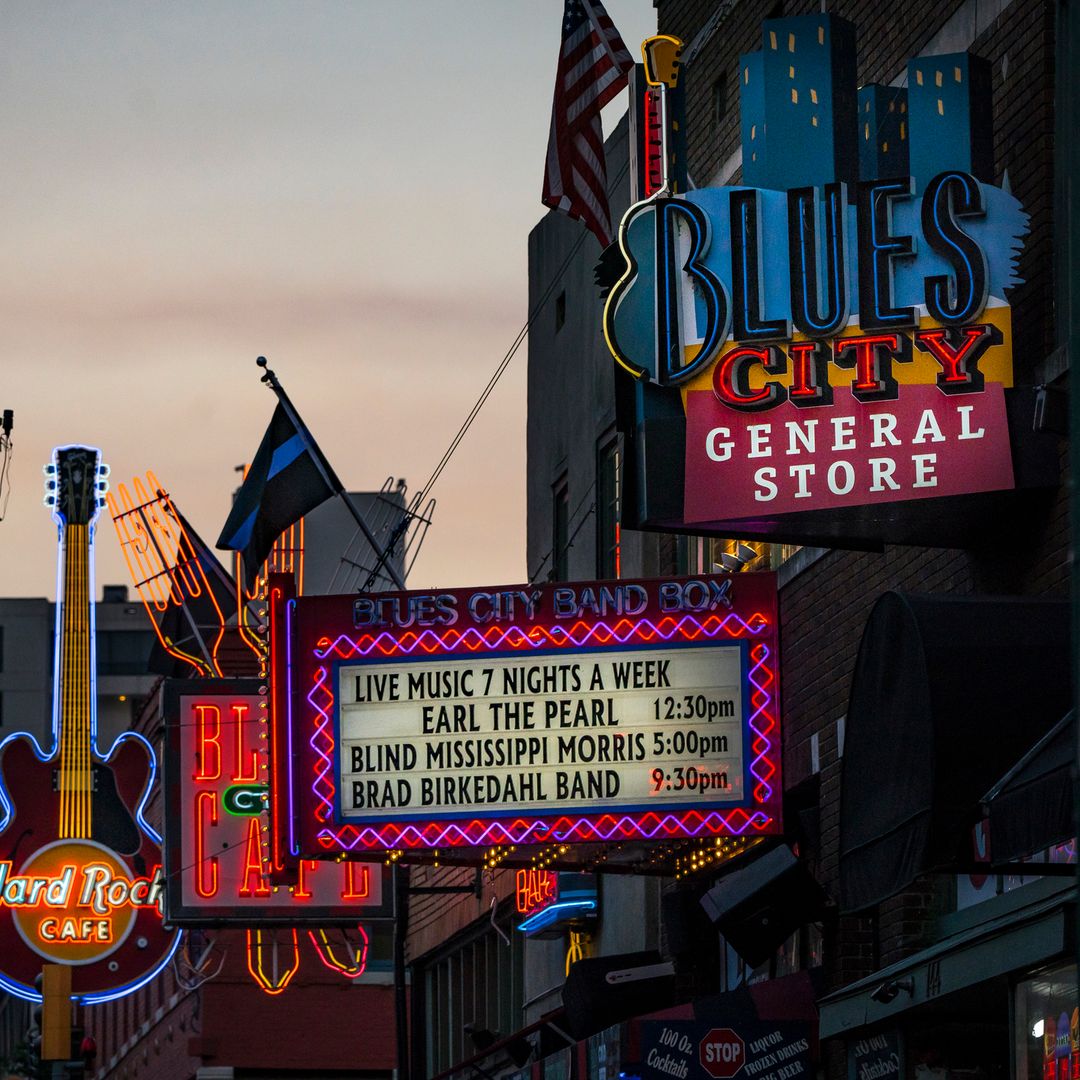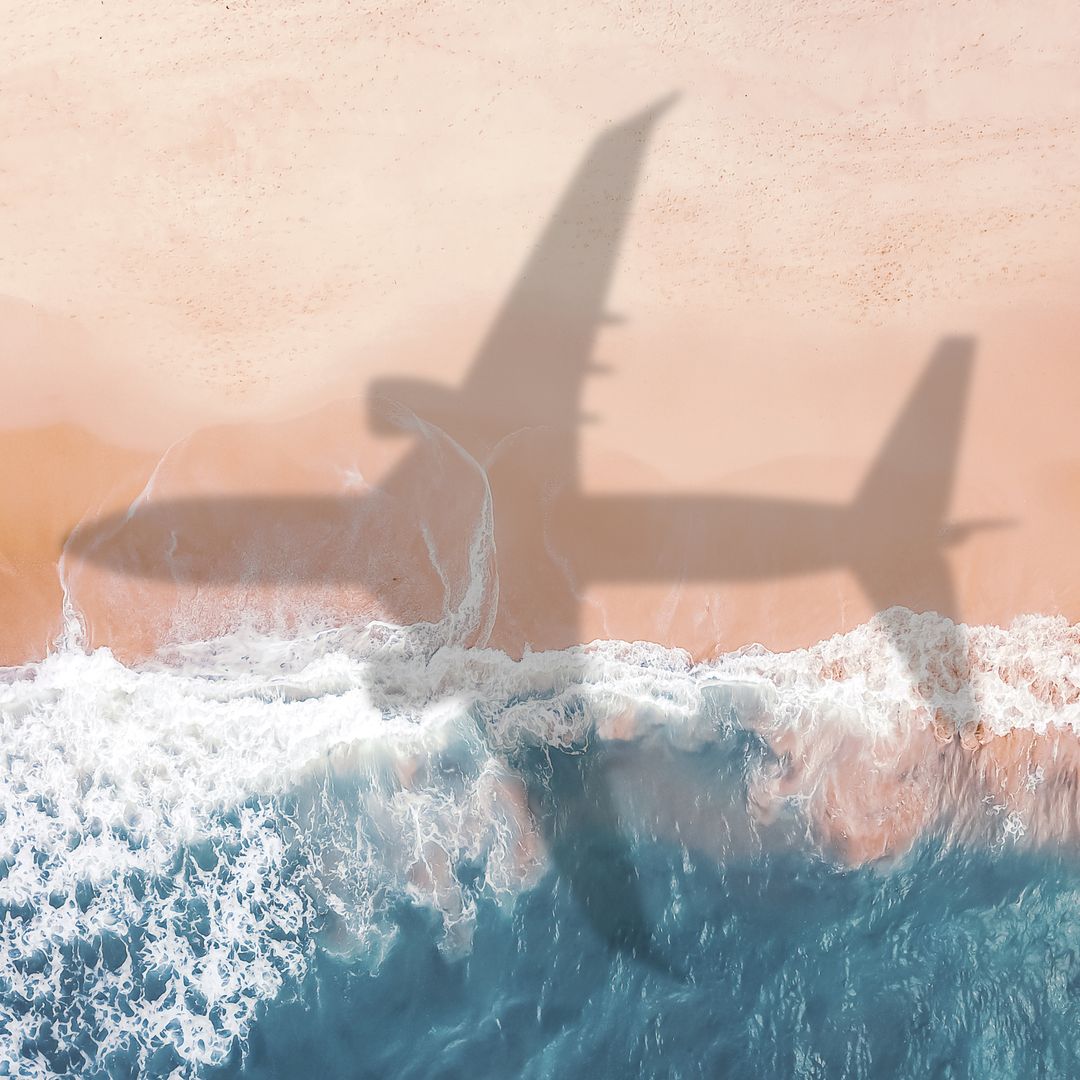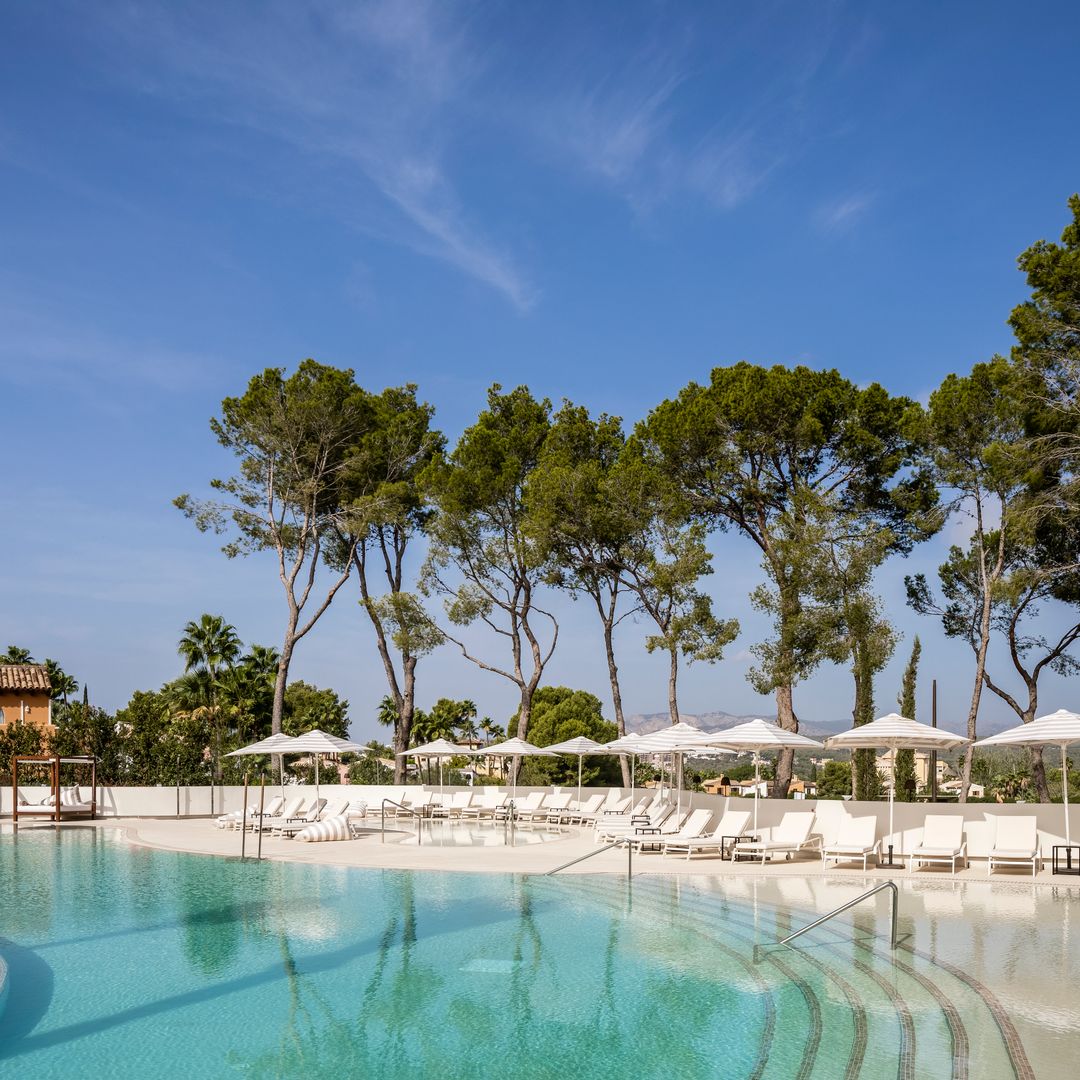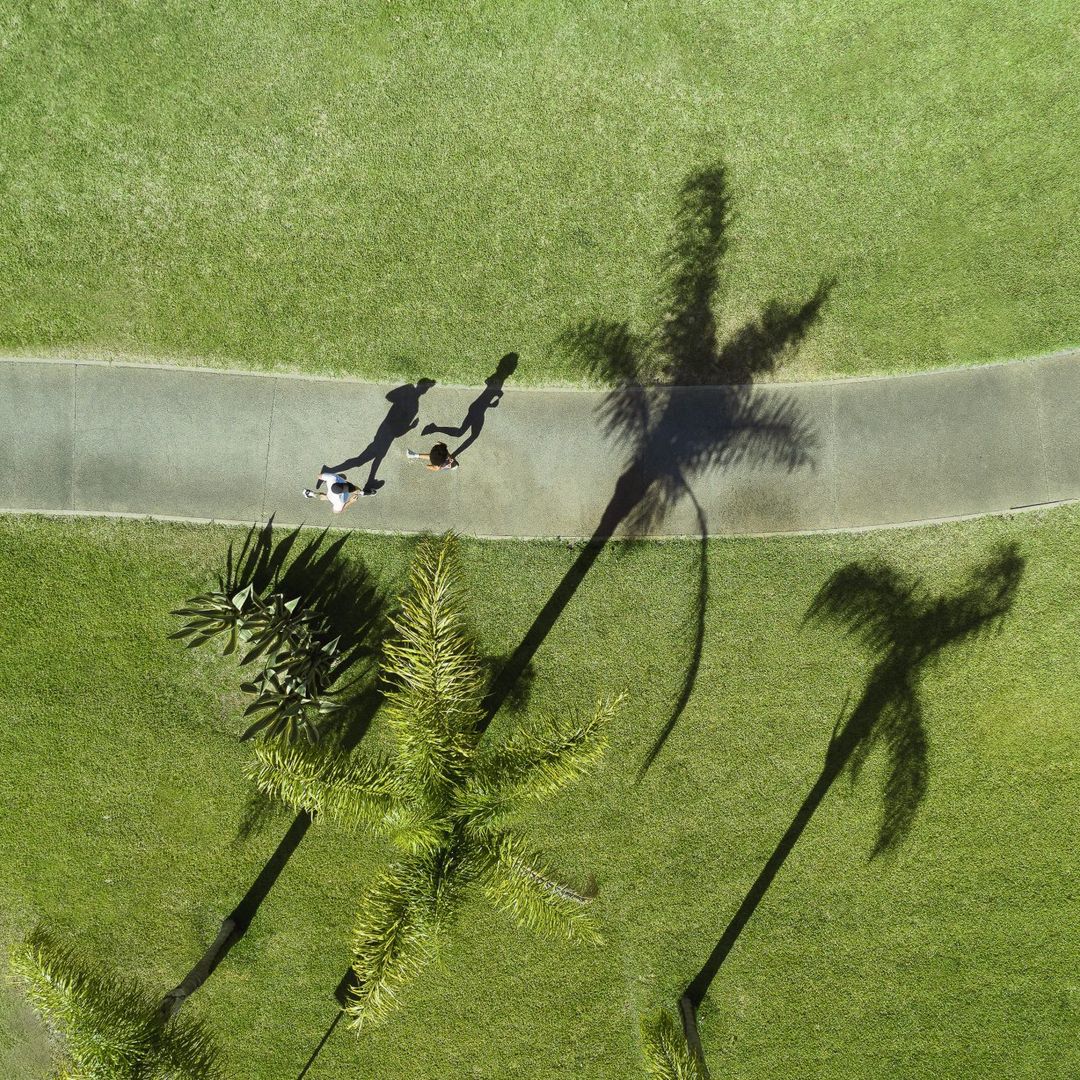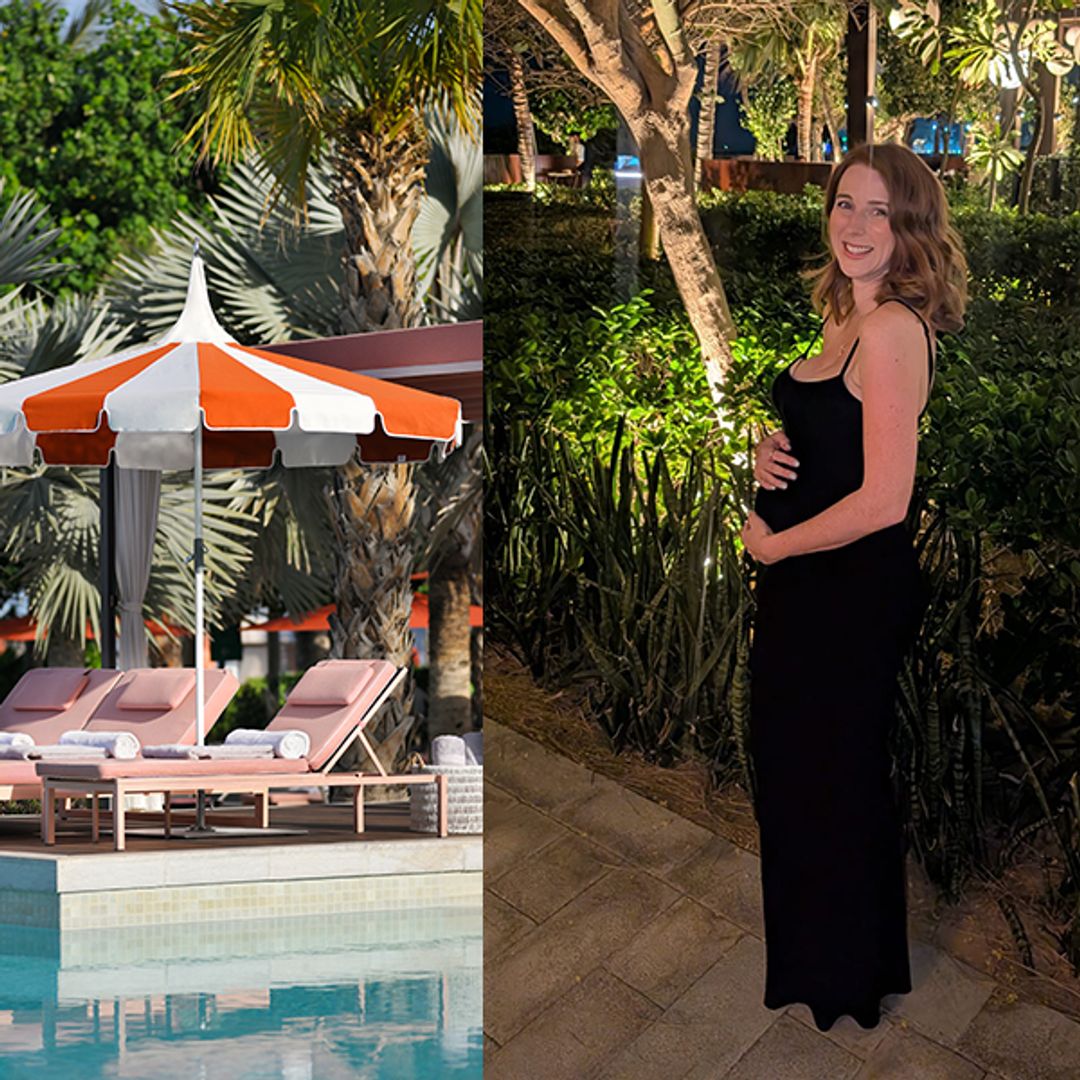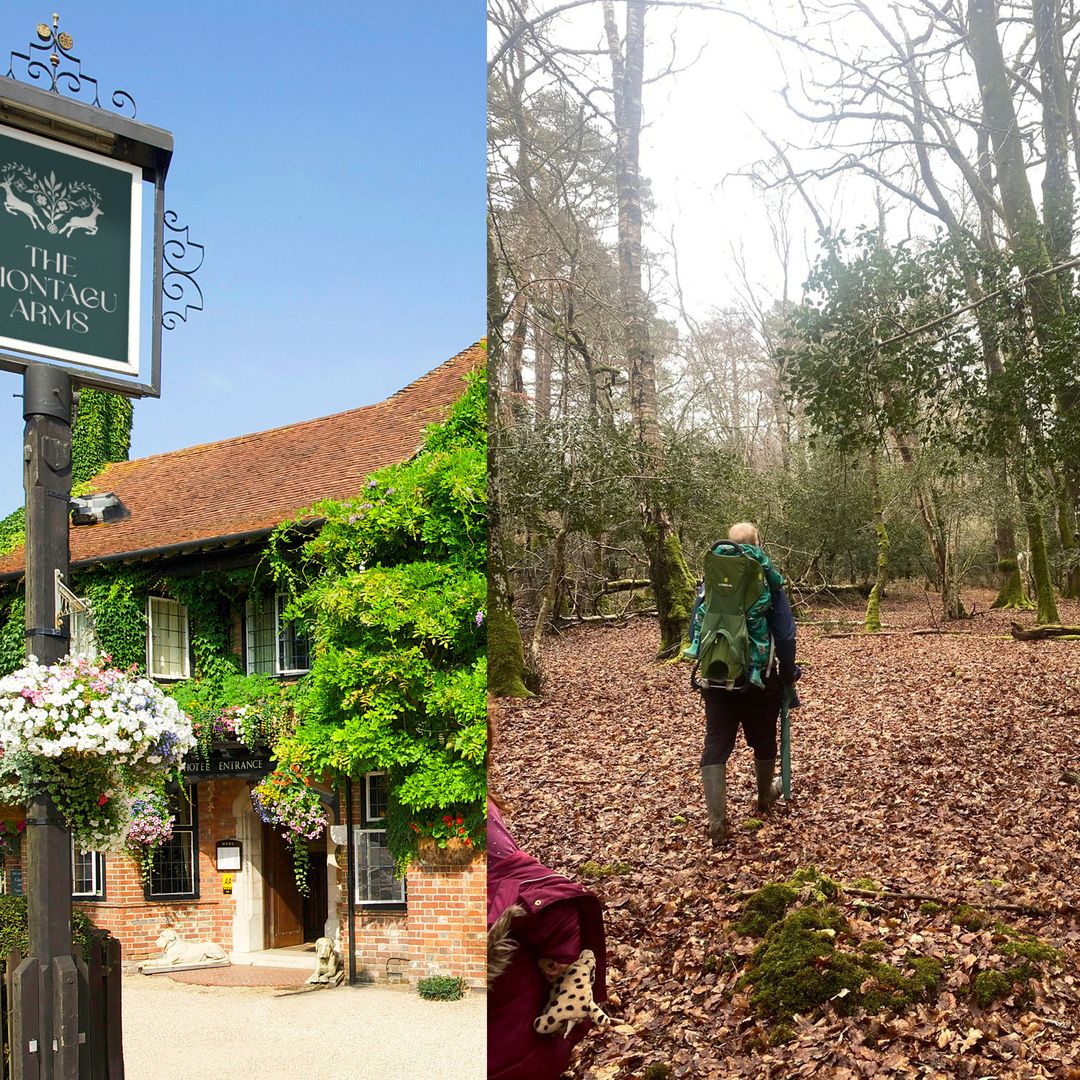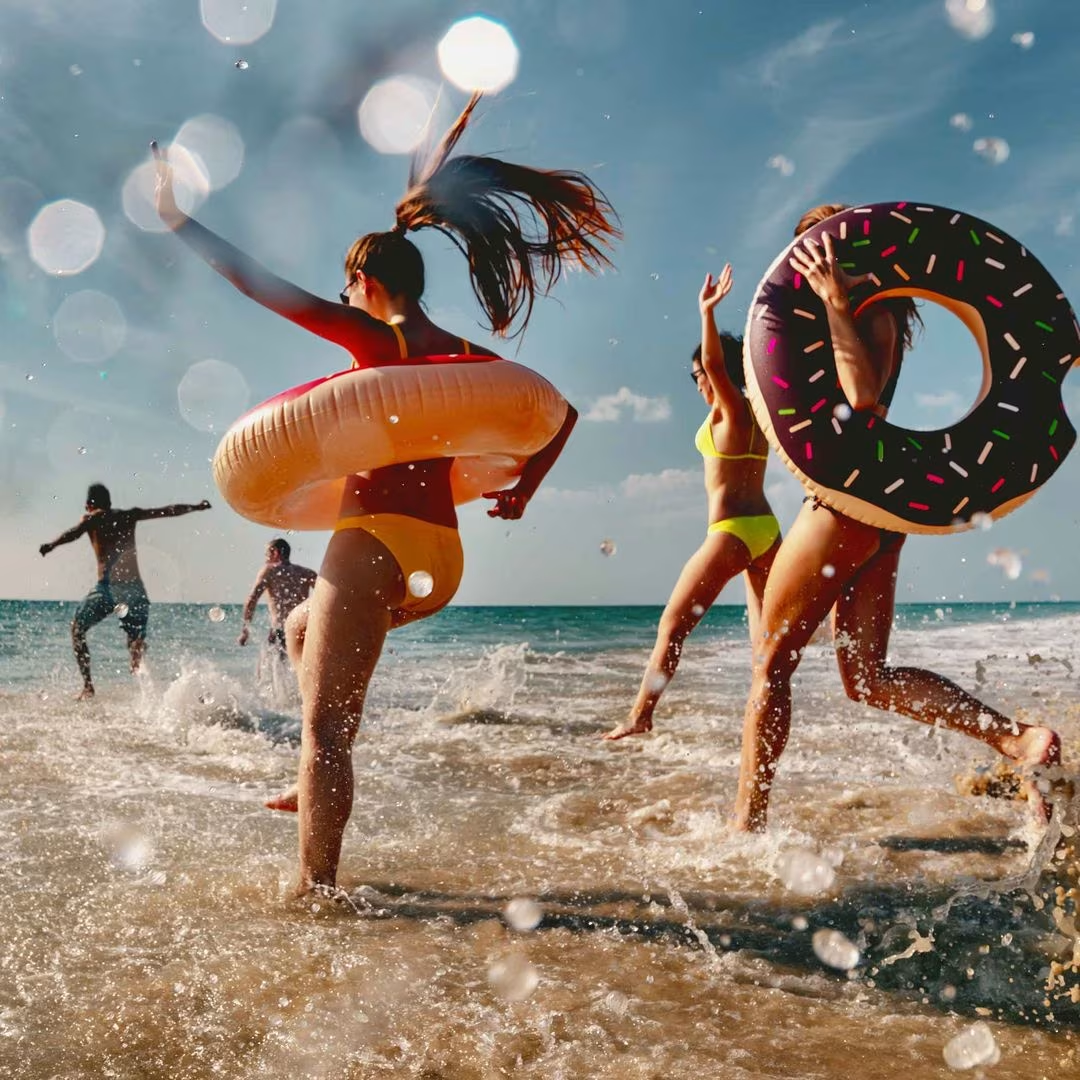The cataclysmic geography bears no resemblance to the picture-postcard islands one expects to find in the tropics. The Galapagos Islands are not known for luxury hotels and spas for hedonists, and yet they are one of the most exclusive destinations on the planet.
The reason is their isolation and their location - almost a thousand miles off the coast of Ecuador at a point where major ocean currents cross - which have, over millions of years, led to the creation of a unique combination of terrestrial and ocean ecosystems.
Here, as Darwin was the first to observe, many species have evolved differently, with notable differences even between different islands of the archipelago.
In 1835, the English naturalist landed, aboard the Beagle, on this volcanic archipelago lost in the middle of the Pacific Ocean, and frequented only by pirates and whalers. He spent barely five weeks in the Galapagos Islands, but it was time enough to complete his then-revolutionary theory of evolution and to reopen the debate among the scientific community about the need for animals and plants to adapt to their habitat as the only chance of survival.
The Galapagos Islands are totally unique and, although a few warning voices insist that still more steps should be taken to protect them from the dangerous effects of human presence, today 97% of the territory is considered National Park. The archipelago was also awarded the title of World Heritage Site in 1979 and was named a Biosphere Reserve in 1985.
There are fourteen large islands, six smaller islands and some forty islets surrounded by a Marine Reserve of 138,000 square kilometres. The main access is by cruise ships carrying, at most, a hundred passengers.
Aboard these, and during the occasional excursions onto land, the absolute highlight of the trip is the privilege of admiring the abundant and unique wildlife: the land and marine iguanas that are capable of diving underwater for up to an hour, the giant tortoises, penguins and sea lions, as well as vast colonies of frigate birds, albatross, gannets, the thirteen endemic species of finch, and the only cormorant in the world that has lost the ability to fly because of the process of evolution.
The blue-footed booby, one of the most coveted sightings by bird enthusiasts, is also found here, as well as an incredible variety of marine life, with hammerhead sharks, the huge whale shark and many other species including many pelagic species (those native to the open ocean) that make the Galapagos a mecca for divers.
Almost as surprising as the apparently unending inventory of fauna, is seeing how the Galapagos animals don't view man as a danger and so behave in his presence with the most incredible ease.
In this year that marks Darwin's bicentenary and the 150th anniversary of his seminal work, The Origin of Species, the archipelago is hosting a handful of special cruises. Among these is the expedition, led by conservationist Randal Kenya, great-grandson of Darwin, which, from October 22nd to November 1st, will explore these Pacific lunar landscapes accompanied by just fifty fortunate visitors, each of whom, in addition to the cost of the cruise, will donate $1,000 to the Charles Darwin Foundation and the Galapagos Conservation Trust, to support the on-going preservation of this, the world's best-preserved archipelago.

